Series One
Our Approach to Architecture – Chapter 2
Written by Jonathan Lees RIBA.
Progressing Classical Design
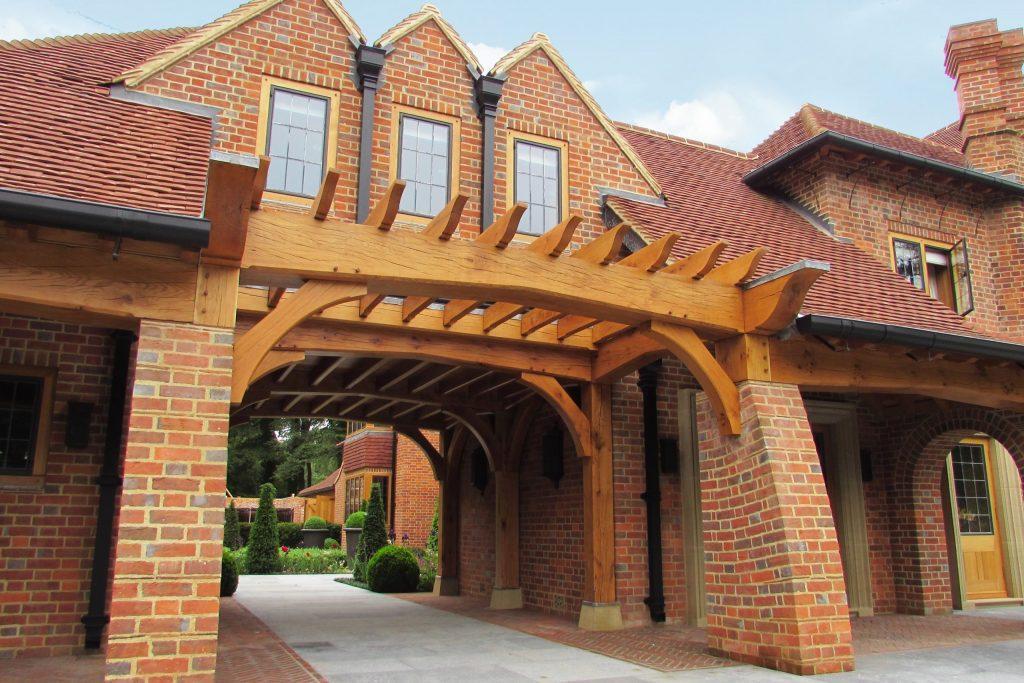
A view through a cartway on an Oxfordshire estate – Jonathan Lees Architects
Listen to the audio version
Just because we live in a technological age, with a current trend for glass and steel structures with interesting shapes, this has not put an end to progressing Classical design, Classicism and the traditional architectural techniques, it has in fact enhanced them, as the technology available to us means we can produce things that the ancients would have been amazed at.
Progressive traditionalism, or progressive Classicism, however you brand it, is less about using a style that is common and representative of wealth and power, and more about progressing classical design and how beautiful architecture can be created to benefit all who experience it and to celebrate the art of building. Whether it be in a private house tucked away, or on a public street, the influence of publishing and social media means that our designs are now visible to all at the touch of a screen, and those designs have far reaching consequences that can inspire and celebrate the creativeness of architecture and capture our hearts with a gasp at how beautiful and joyful it can still be.
‘…. far reaching consequences that can inspire and celebrate the creativeness of architecture and capture our hearts….’
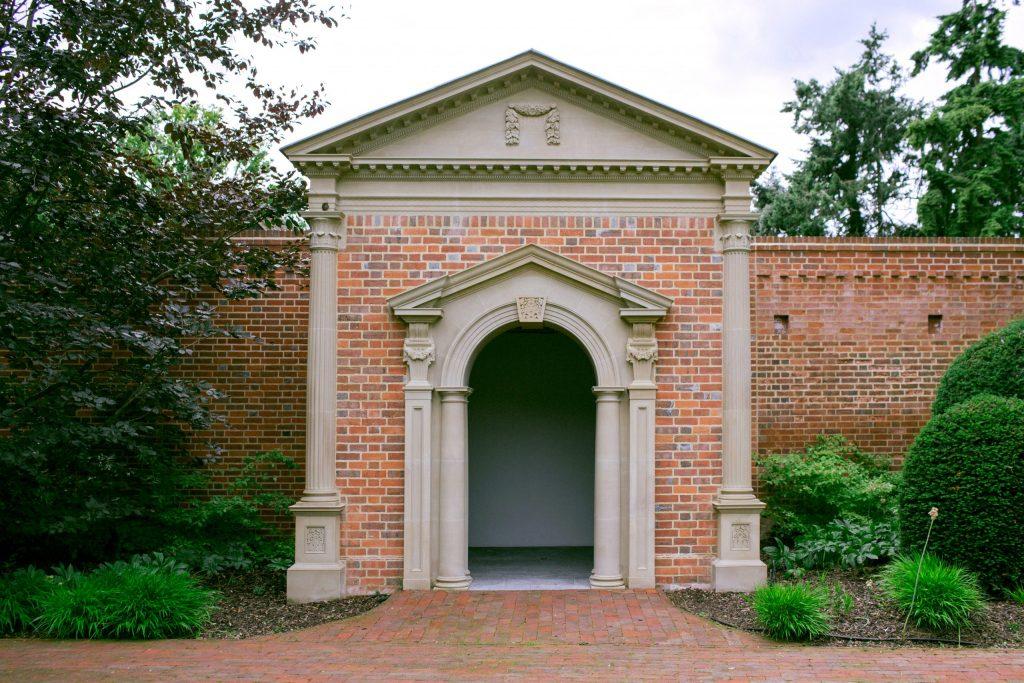
The Belvedere – an award winning garden folly in Oxfordshire – Jonathan Lees Architects
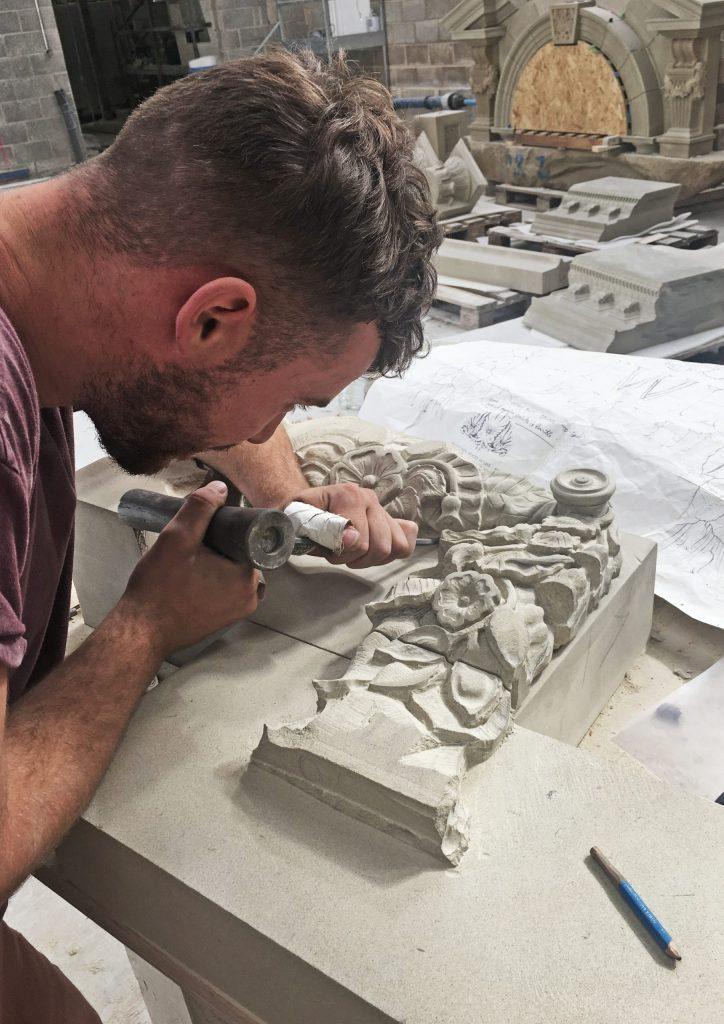
Mason at AFJones carving a design by J Lees Architects
‘….. traditional building techniques and processes form the backbone of our knowledge…..’
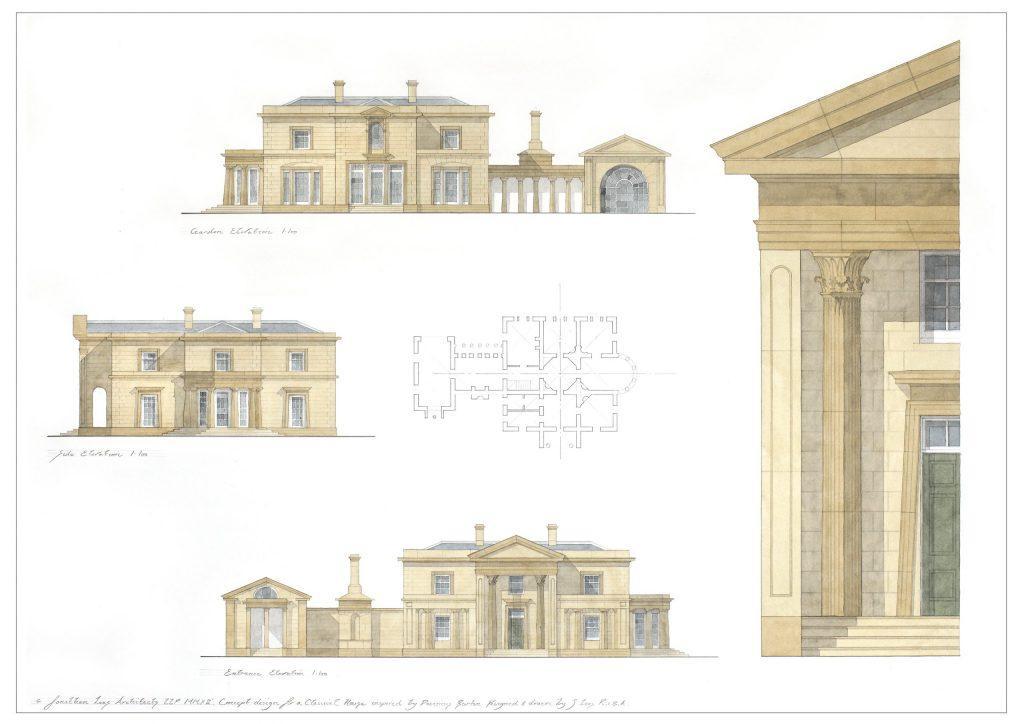
Neo-Classical House Design by Jonathan Lees Architects
‘…..a number of our current projects are being designed entirely off-grid…….’
Our challenge as Architects and designers is to ensure that we embrace our progressive nature but do not lose sight of what we have learnt in the past. It is ever more important that we embrace and increase our ability to integrate sustainability in our building designs and the way they function, no matter what ‘style’ the building is designed in. The common language should be one of progression when it comes to responsible, sustainable design, no matter what, but the way this is used within our buildings does not have to be constrained by the execution of a design to ‘look’ sustainable.
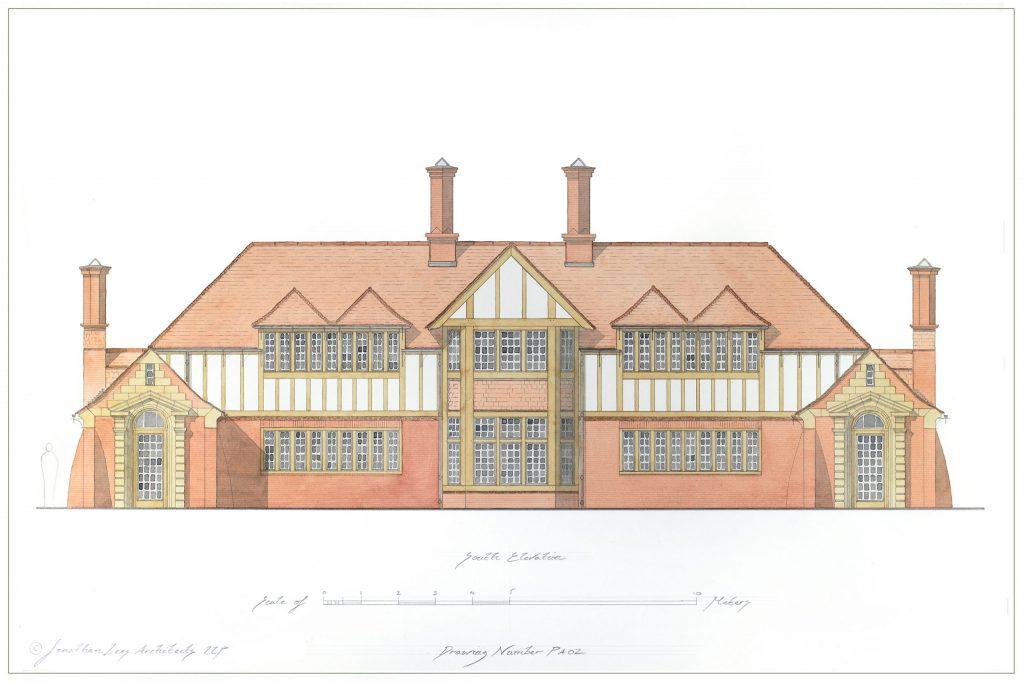
New-build County House by Jonathan Lees Architects
‘A perception that Classicism is unsustainable is as confused as the notion that everything traditional is ‘eco’…….’
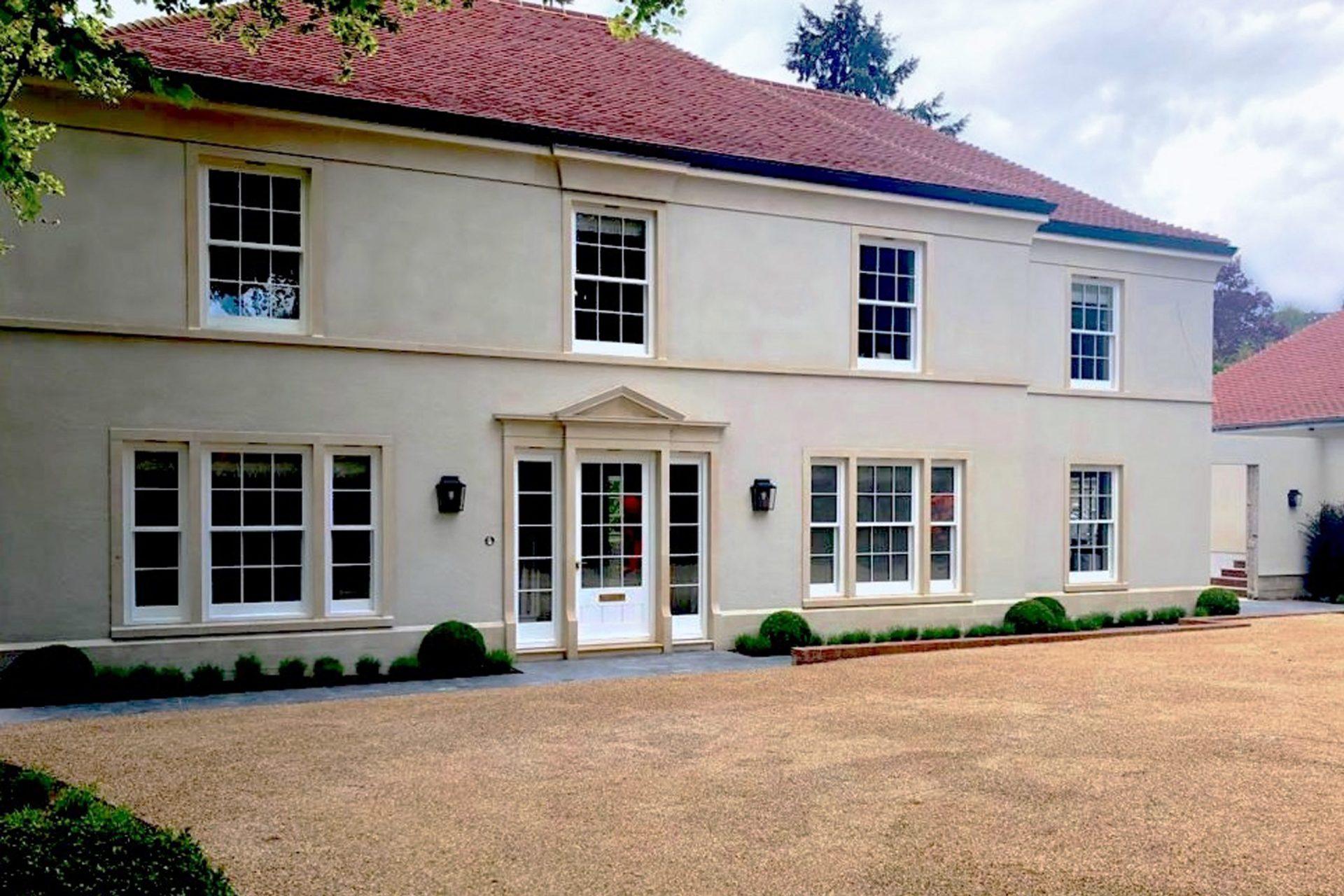
New-build Classical Manor – J Lees Architects
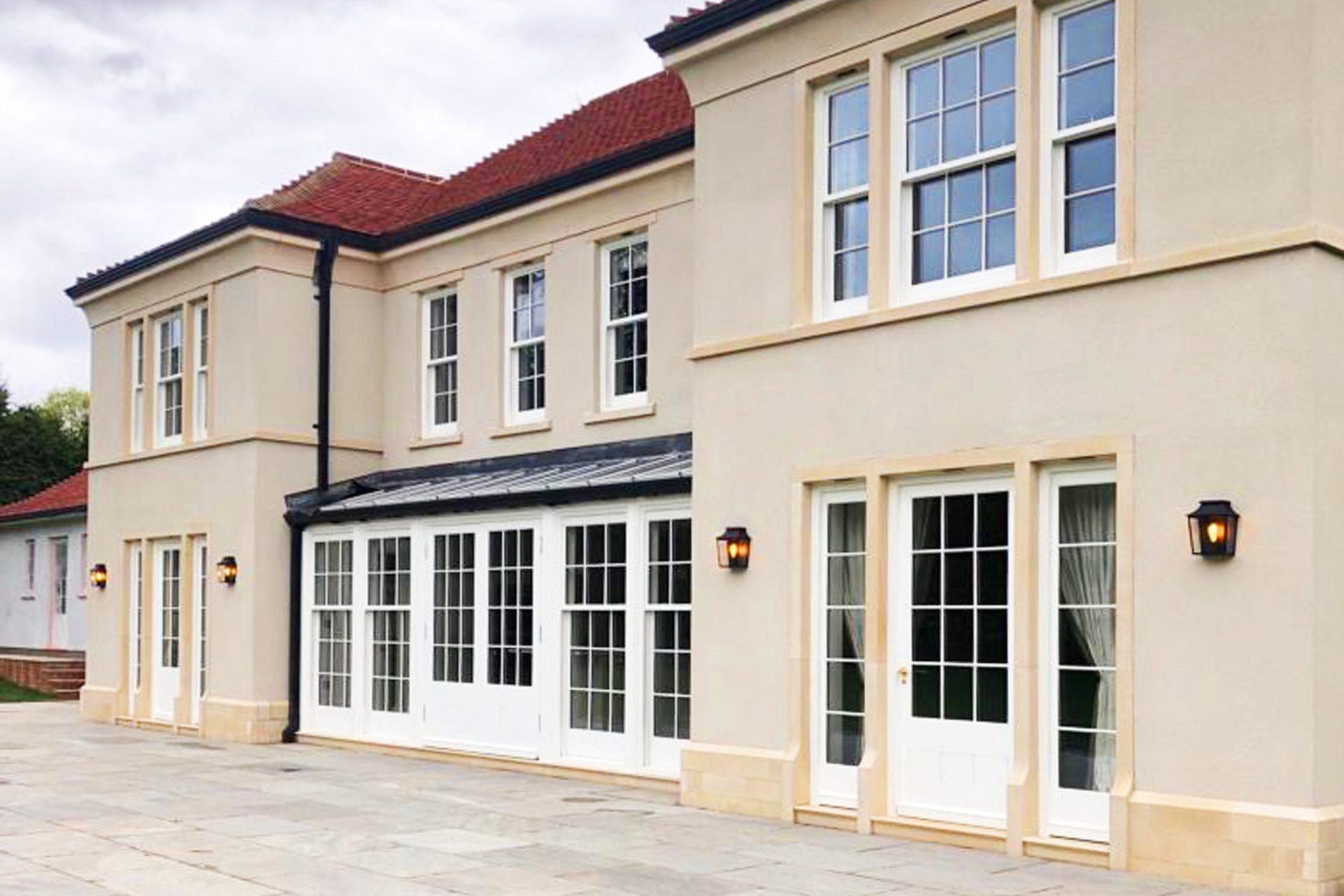
New-build Classical Manor – J Lees Architects
‘Buildings have become bigger, lifestyles have changed, expectations risen.’
There is a paradigm shift occurring. There is much to be concerned about, but much to be encouraged by equal measure. As sustainability and the protection of our beautiful planet takes hold, our children are learning that this wonderful green and blue planet should be cared for and nurtured. At no time has the human race been so populous, and among one of the many factors in its growing population is the need to provide housing and building on a scale never before experienced by our ancestors. Buildings have become bigger, lifestyles have changed, expectations risen. We expect and aspire for more than ever.
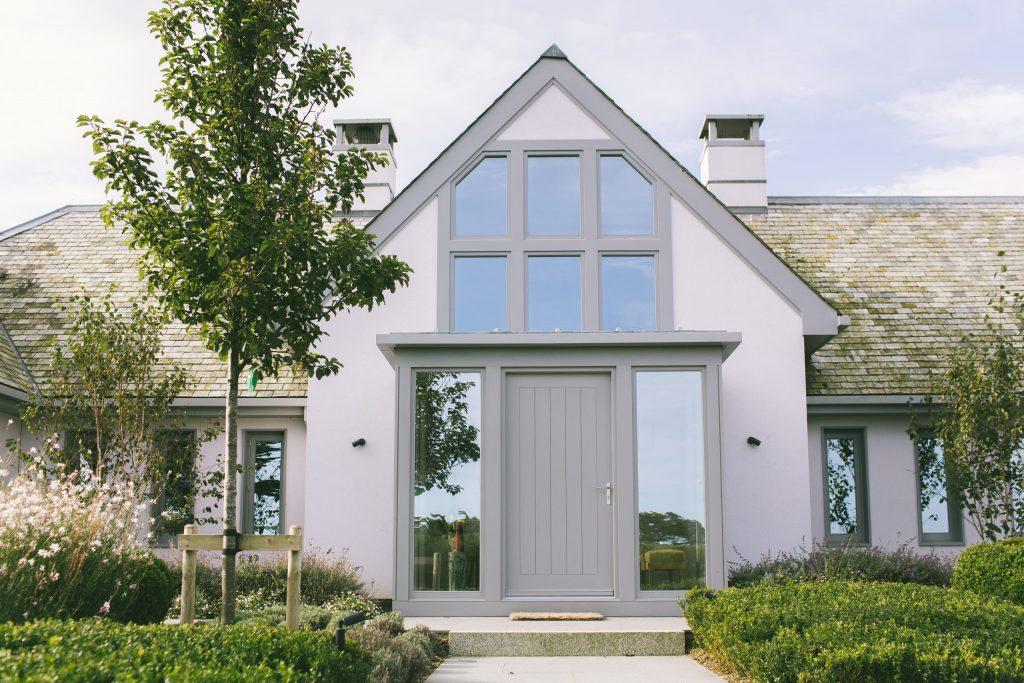
Seaside House in Cornwall by Jonathan Lees Architects
‘…..exemplary, enjoyable and forward-thinking buildings that bring joy…..’
But in the expansion of our population, in the creation of wealth and knowledge, what is there to say that everything has to be ‘modern’. This is an interesting phrase, as the term ‘modern’ is entirely transitional, its meaning being ‘relating to the recent as opposed to the past’. What was modern in 1980, is now retro. What was modern by Georgian standards, such as the measuring of the ancient temples of Greece by Stuart and Revett leading to Neo-classical (new-classical) masterpieces in the 18th and 19th centuries, are now treated as historical styles or periods. The iphone, beautiful as it may be, will one day be treated as a relic of antiquity.
So as our understanding of materials expands, and new materials like graphene are invented, and new microchip and quantum processors are created, so our architecture will reflect the spirit of the age. But does it have to be so literal? Do all buildings have to be geometric shapes that are created because the Architect has an amazing tool that will allow them to generate images of multi-faceted shapes that look ‘cool’. Does the Architect have an understanding of the roots of architecture and the fundamental understanding of the proportions and how they represent the proportions of the human body? This is a much more important factor in the progression of classical design, as it is how the building feels to the user and not how impressive or complicated it looks.
‘…..the fundamental understanding of the proportions and how they represent the proportions of the human body…..’
Humanism in architecture is an interesting subject and one that I will expand on in a further writing. The Vitruvian man, and the relation of spacial proportions to the human body, led to the renaissance architects such as Palladio, Serlio and Alberti producing their own treatise on architecture that were more descriptive and persuasive in their understandings or theories of the origins of architecture than the Vitruvian texts. The golden ratio, present in architecture, music (acoustics) and art, is fundamental to the proportioning systems developed by the Architects and Artists of the Renaissance and later years. The origins of the Classical Orders were tested with theories that were later adopted by future generations creating rule books for the common Architect to follow. Invention gave way to copying, and a strict adherence to the rules that represented a ‘building by numbers’ approach. Social and political shifts meant that one form of Classicism was replaced with another, but essentially, the rules (particularly in Britain) of the Palladian principles had a profound influence on our architecture.
This influence is still present. If you are going to practice Classical architecture and progress classical design, you must, without fail, practice it in a scholarly manner and in accordance with the rules, apparently……………
The ‘Our Approach to Architecture’ series is continued in
‘Chapter 3 – The influence of the Arts and Crafts tradition’
Return to the Writings Library for more essays and Project Profiles
